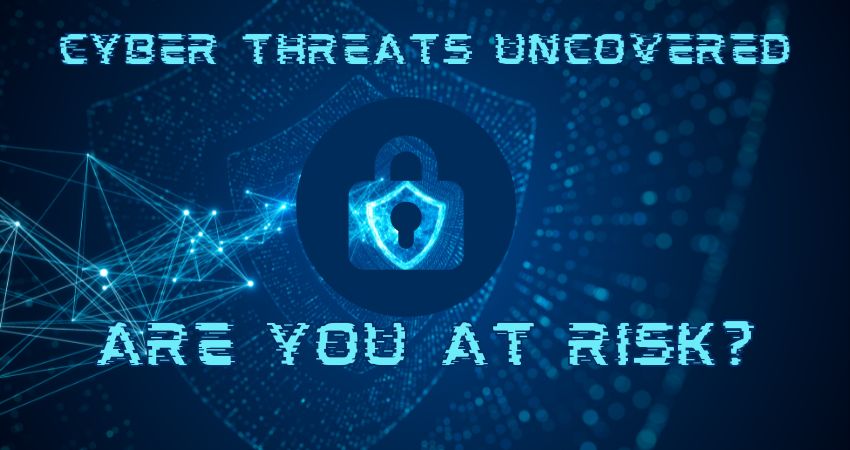Table of Contents
Introduction
In our fast-paced digital world, cybersecurity is a topic that should be on everyone’s radar. The internet has brought convenience and connectivity, but it has also opened doors to various cyber threats that we all need to be aware of and protect against.
1) Understanding Cyber Threats
What Are Cyber Threats?
Let’s start by demystifying cyber threats. These are the bad guys of the internet world – they’re the malicious activities online that aim to mess with your computer systems, snatch your data, or create chaos. Some of these threats include viruses, sneaky phishing scams, and that infamous ransomware.
Why Are Cyber Threats on the Rise?
You might be wondering, why are these cyber threats becoming more common? Well, it’s a mix of factors. With more devices hooked up to the internet, there are more opportunities for troublemakers. Plus, all that valuable data we have online? It’s like a goldmine for cybercriminals looking to make a quick buck.
The Cost of Ignoring Cyber Threats
Now, here’s the scary part: Ignoring these threats can lead to serious trouble. It’s not just about losing money; it’s about your reputation and even legal problems. Imagine your bank account drained, your personal info in the hands of a stranger, or your business data stolen – all because you didn’t take cyber threats seriously.
2) Are You Vulnerable?
Assessing Your Cyber Risk
Before we dive deeper, let’s figure out where you stand in the cyber-risk department. Think about the data you handle online, the security measures you have in place, and how aware you are of potential threats.
Common Vulnerabilities
Guess what? Many of us share common weak spots when it comes to cybersecurity. We often forget to update our software, use easy-to-crack passwords, or neglect training ourselves and our teams.
Hacking Techniques
Cybercriminals have a bag of tricks they use to get what they want. They might play mind games with you (social engineering), send tricky emails (phishing), or exploit hidden software flaws (zero-day exploits).
3) Protecting Yourself
Cybersecurity Best Practices
Let’s talk about defense strategies. Start with beefing up your password game, keep all your software updated, and throw in some two-factor authentication for extra security. And don’t forget about backups – they can save your digital life!
Choosing the Right Security Tools
To add an extra layer of protection, consider antivirus software, firewalls, and VPNs. They’re like the security guards for your online presence.
Staying Informed
Knowledge is power, and in the world of cybersecurity, that’s especially true. Stay in the loop by following cybersecurity news and experts on social media. It’s like staying updated on the latest news in the digital neighborhood.
4) Taking Action
What to Do if You’re Compromised
If you ever suspect a cyberattack, it’s time to spring into action. First, isolate affected devices to prevent further damage. Change your passwords immediately, and report the incident to the right authorities. Quick action can minimize the impact.
Encouraging Cybersecurity in Your Community
Don’t just protect yourself – spread the word! Host workshops to educate folks about staying safe online. Share your knowledge with family and friends, and encourage smart online practices at work and in your social circles.
FAQs
What are cyber threats, and how do they affect me?
What types of cyber threats are most common today?
Why have cyber threats become more prevalent recently?
What are the potential consequences of falling victim to a cyber attack?
How can I assess my own vulnerability to cyber threats?
Conclusion
In closing, cyber threats are real, but so is our ability to defend against them. By arming yourself with knowledge and taking proactive steps, you can significantly reduce your risk in the digital world.
Read More Article
Secure Your Business Data with These Proven Methods – Data Security Solutions

